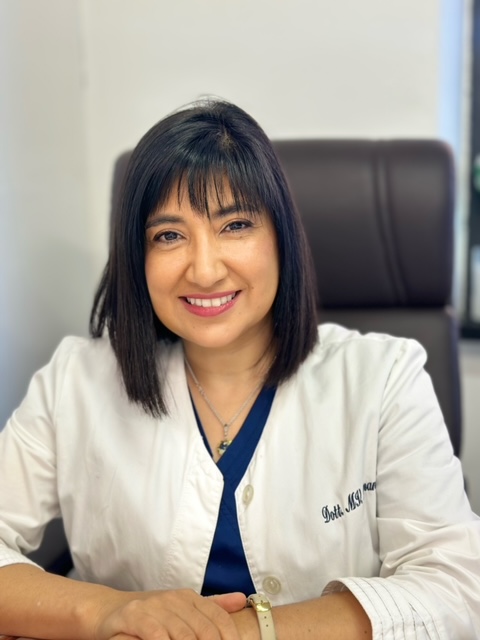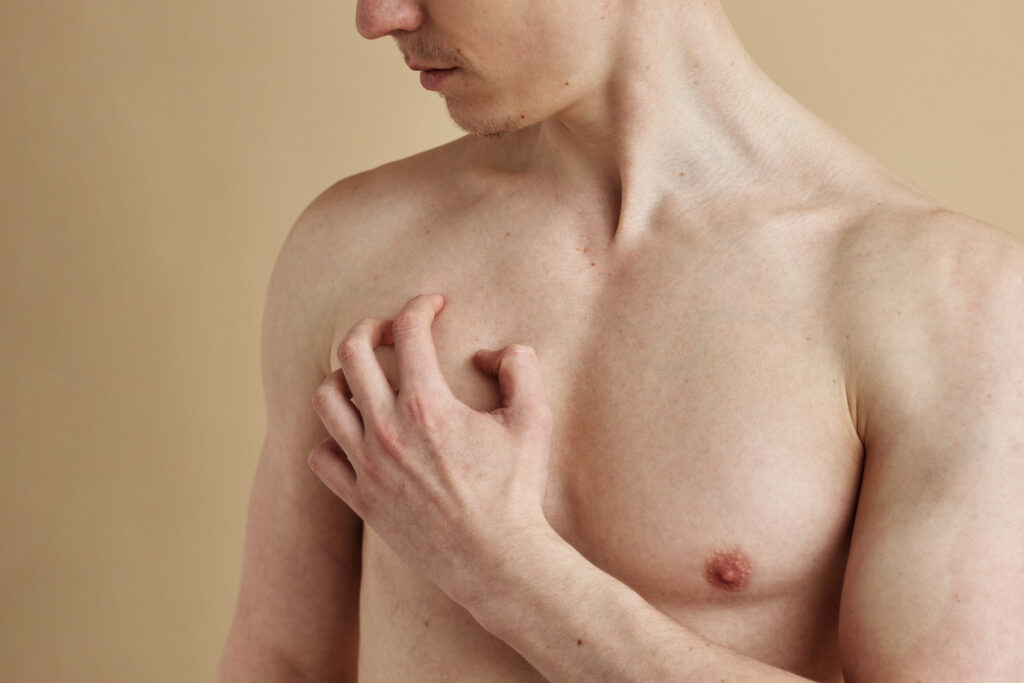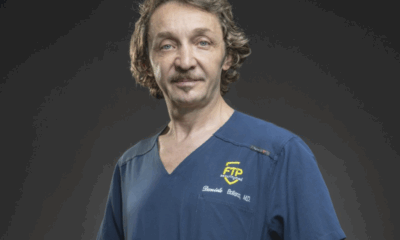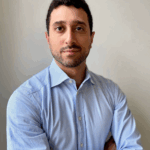Medical doctors and Surgeons
Anomalies beyond appearances: Poland Syndrome
In a world where body image is increasingly important, anything involving physical malformations or anomalies, such as Poland Syndrome, also causes psychological alterations in patients.
«Poland Syndrome is an aplasia of the pectoralis major muscles associated with other muscles as well. From the minor pectoral muscle and rib aplasia to asymmetries of the rib cage, mammary hypoplasia, and also alterations of the ipsilateral limb. It usually occurs unilaterally, but it can also be bilateral», says Dr. Maria Victoria Romanini, a paediatrician, plastic, reconstructive and aesthetic surgeon at the Giannina Gaslini Institute in Genoa.
It’s a condition that can be detected from birth, although it becomes more apparent during development. The target demographic primarily consists of adolescents. «By contracting the pectoral muscles an asymmetry between the two sides can be observed immediately – explains Romanini -. It’s less visible in newborns, but becomes more evident during growth due to the absence or reduced size of one breast compared to the other, which starts to develop».
Intervening before the age of eighteen, when body image tends to stabilise, and thus beginning a reconstructive process within that age range, means resolving part of the problem and allowing patients to continue their lives normally.
For every alteration, a personalised program

Not all cases are the same. A personalised program is needed based on the alterations that the patient presents. «Firstly, a renal and abdominal ultrasound, an echocardiogram, and an ECG are required to exclude other anomalies – continues the doctor -. The associated pathologies are multiple, including Pectus Excavatum when the chest caves in significantly, Pectus Carinatum when it protrudes outward. This also includes aplasia of the breast, nipple aplasia, breast hypoplasia, and aplasia of other muscles in the thoracic, abdominal, or posterior wall, as well as alterations of the ipsilateral limb such as syndactyly».
Surgical intervention can be performed through various types of procedures, including lipofilling, which has strong regenerative power, thus making the use of a prosthesis unnecessary. «It is possible to opt for reconstructions using lipofilling with one’s own fat, also assisting soft tissues. An expander can be used in cases of excessive asymmetry of the nipple compared to the other side of the chest», Romanini declares.
In this field, surgery has evolved towards less invasive procedures, aiming to accomplish as much as possible in a single intervention. «Nowadays, in paediatric age and depending on the elasticity of the rib cage – explains the doctor – medical treatments that didn’t exist before are also available. It’s possible to intervene with a Vacuum Bell, which is a device that patients use at home, to improve the chest wall slightly, or with a brace in the case of protruding sternum».
To live with Poland Syndrome

The doctor also emphasises the non-compulsory nature of intervention. Indeed, it is possible to live with this malformation without necessarily repairing or correcting it. It’s the patients who must decide whether or not to intervene. That’s why the psychological component is very relevant. Mainly dealing with thoracic malformations, breast anomalies, thoracic and breast asymmetries, Romanini’s goal is to achieve the most symmetric reconstruction possible.
«It’s a very satisfying job, and I care about it particularly. It’s like a mission for their happiness, which I sincerely hope they can resolve to focus on what’s important to them, without thinking about the fact that they had a malformation anymore», concludes the doctor.




































